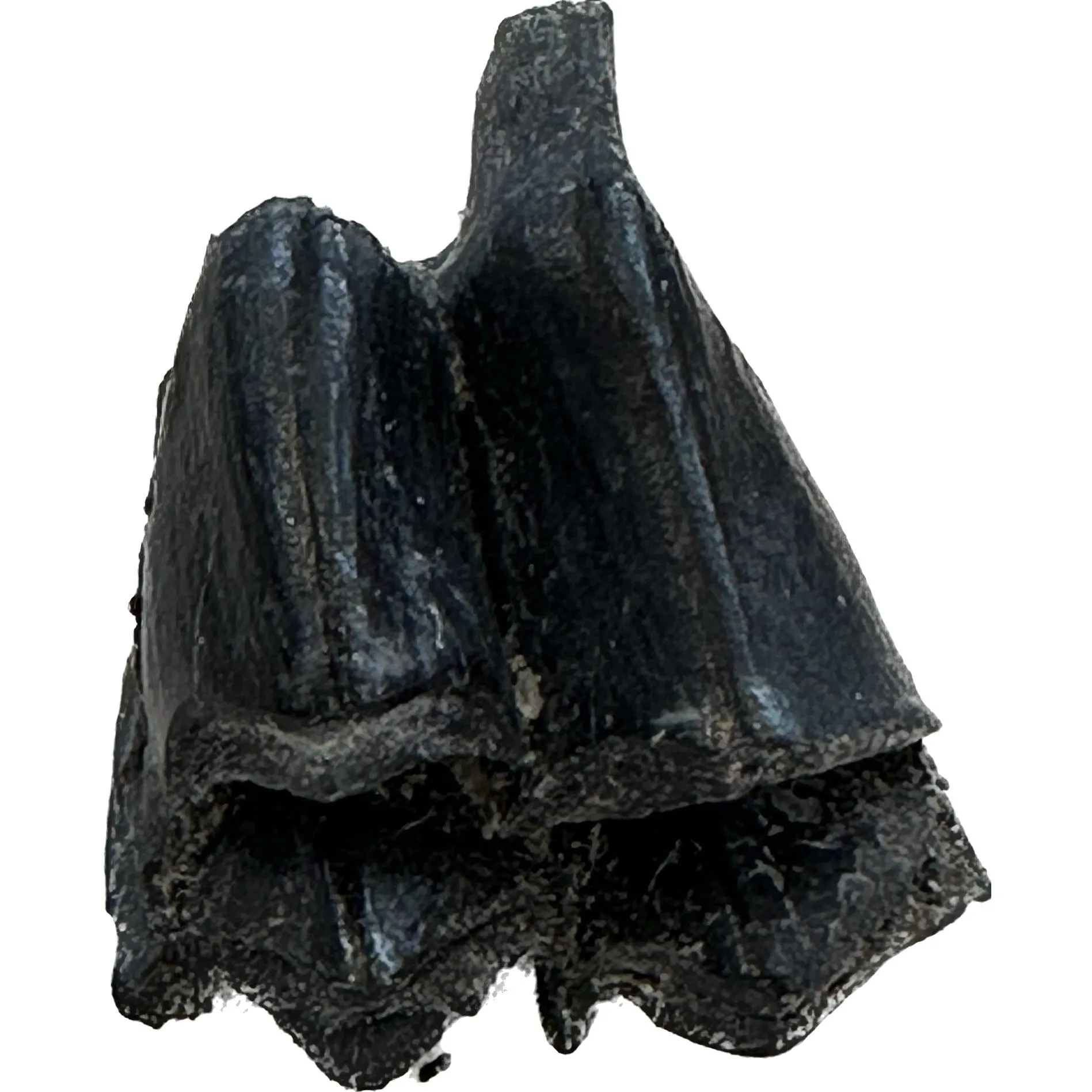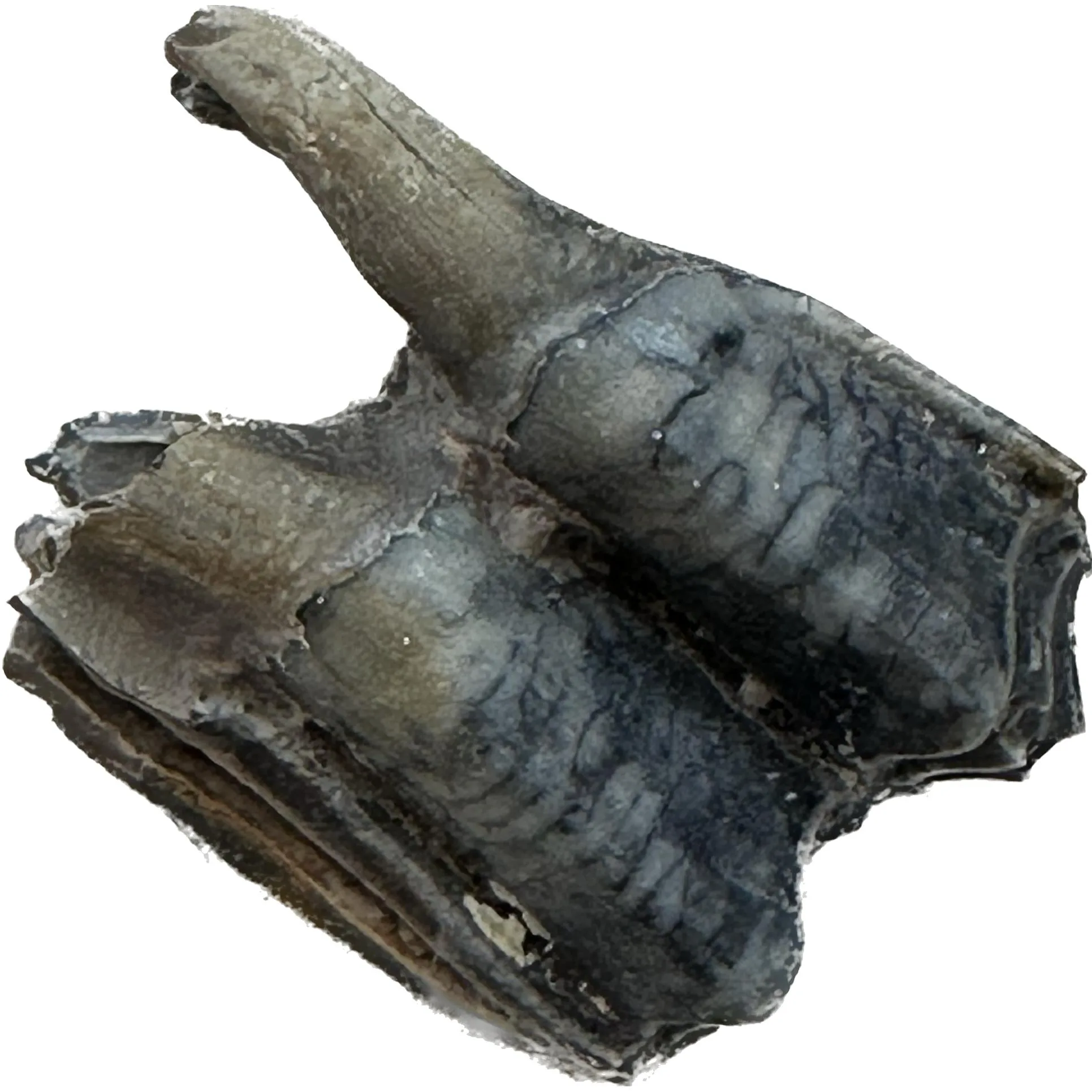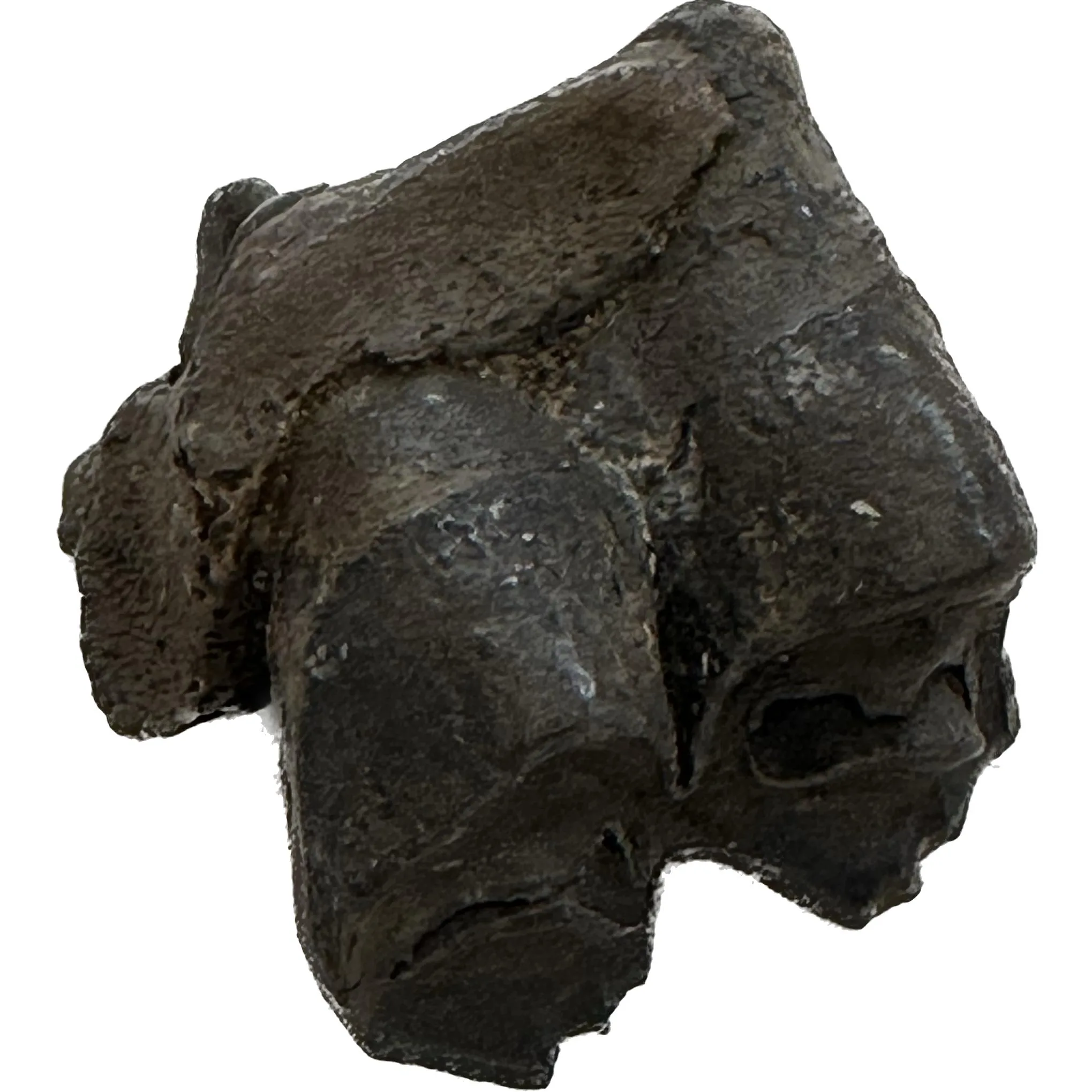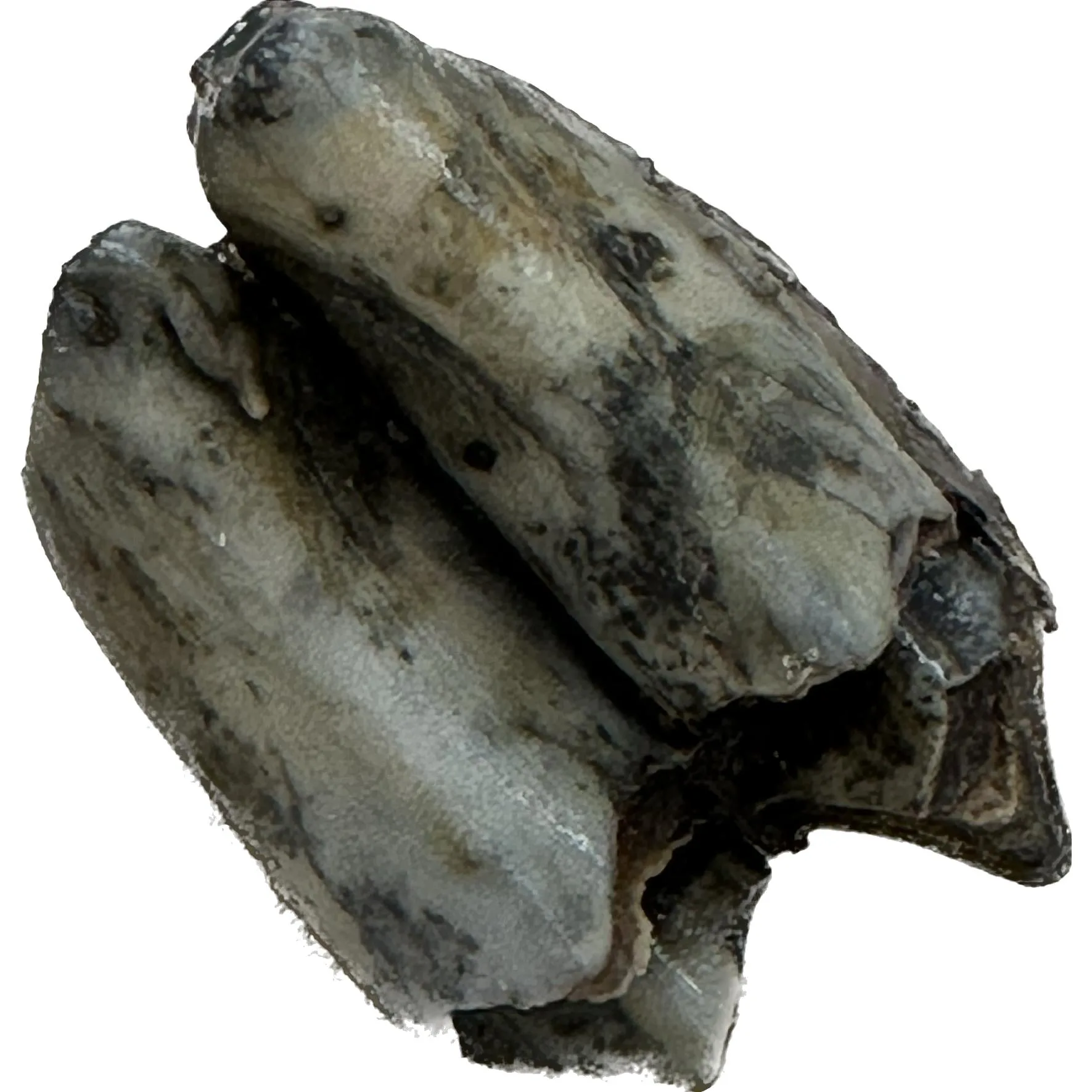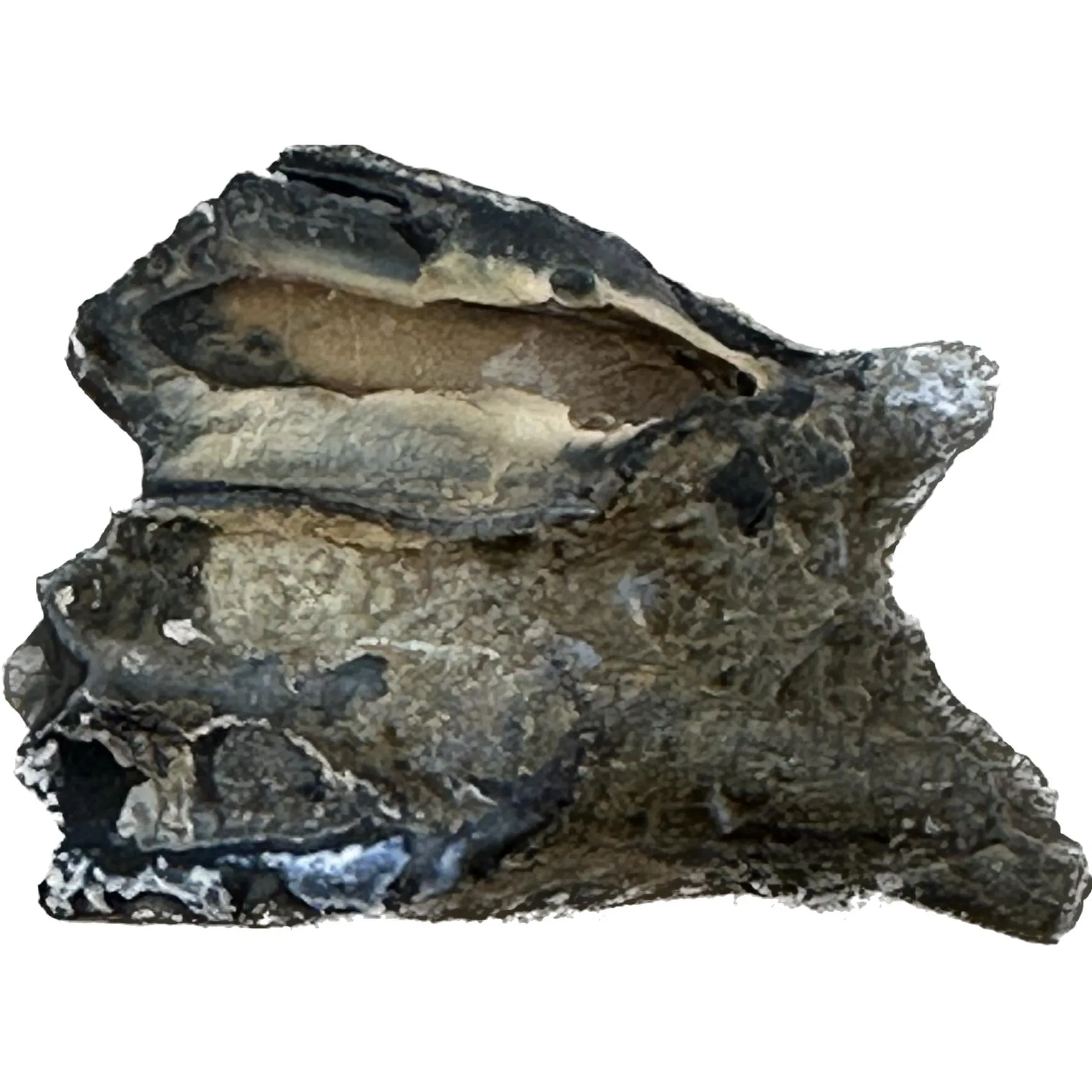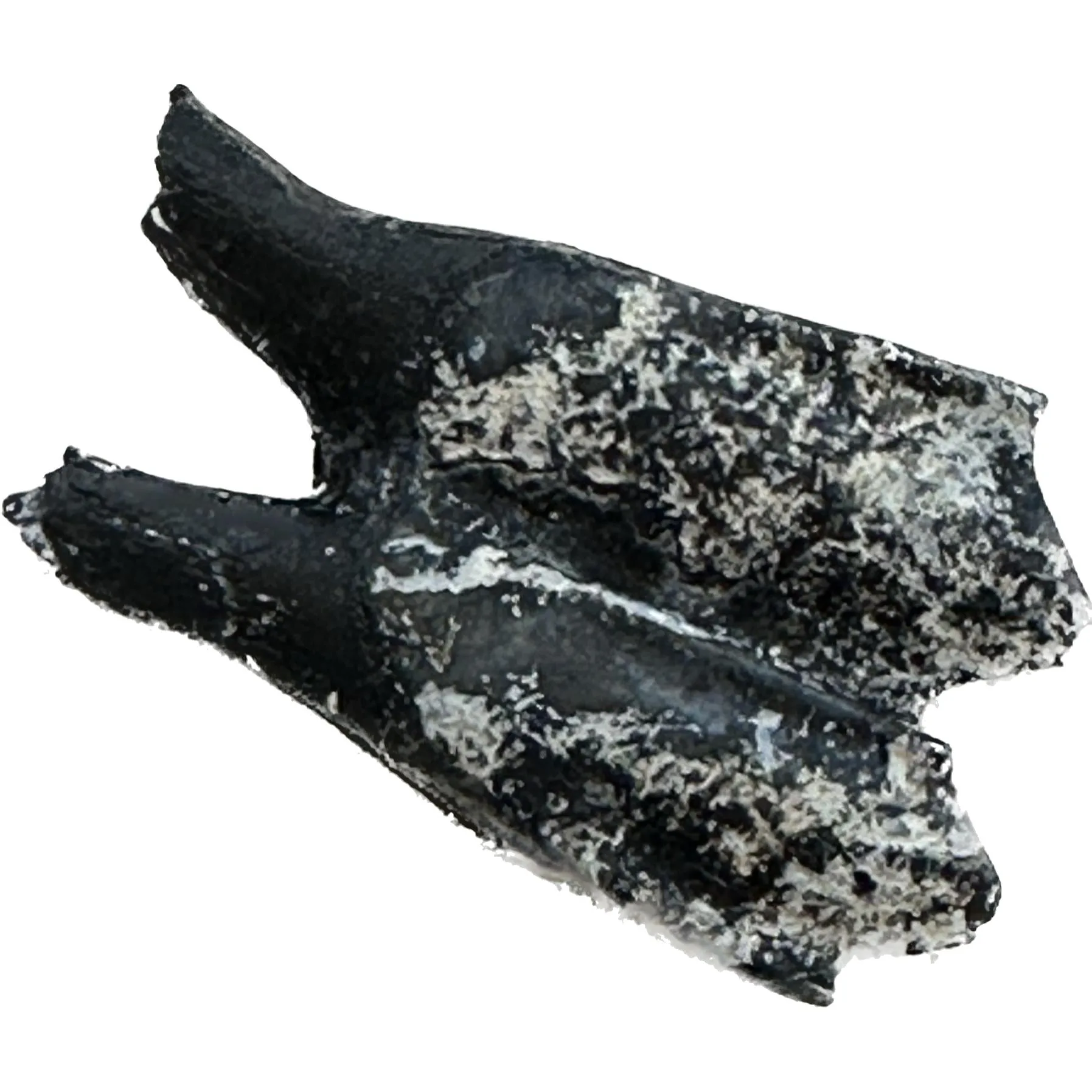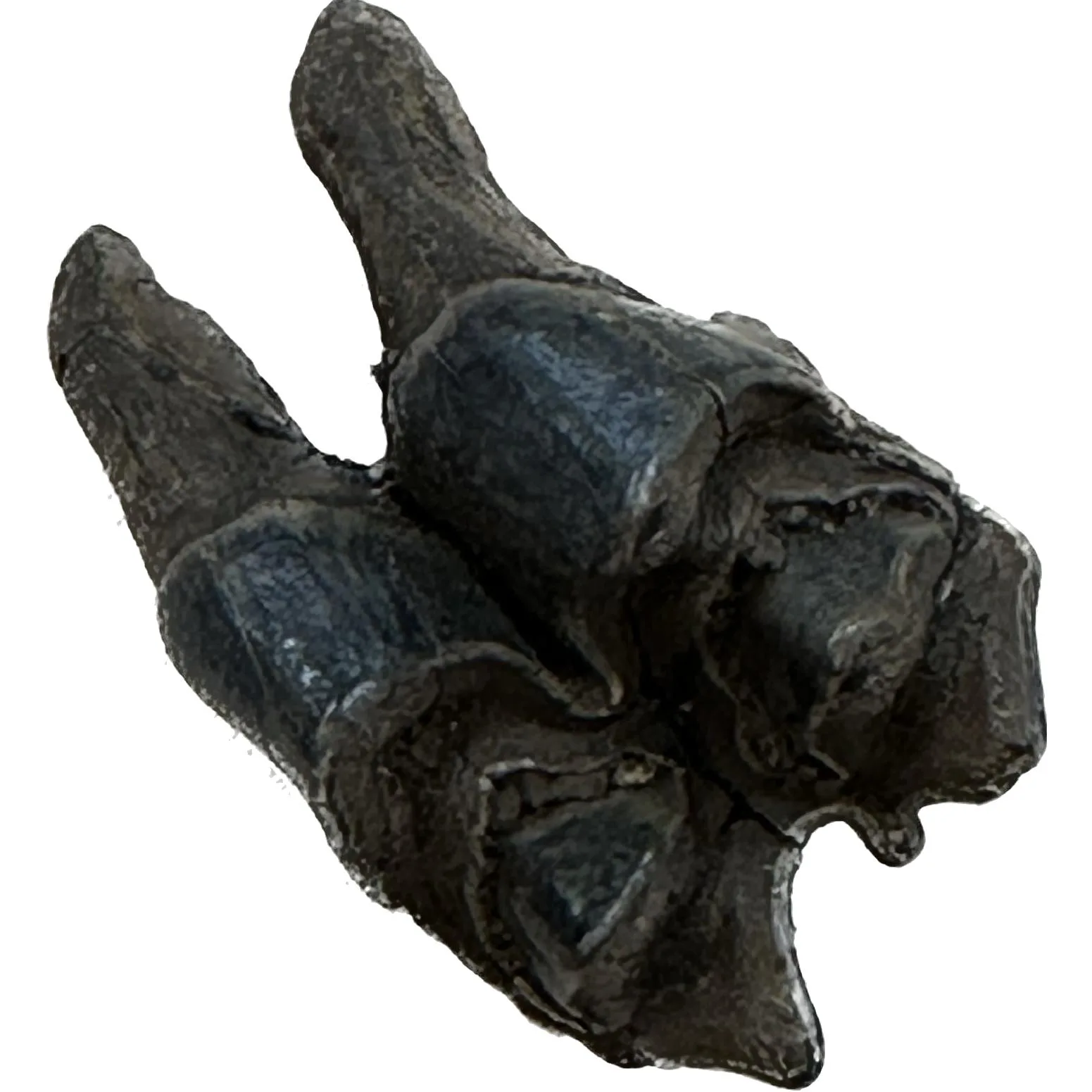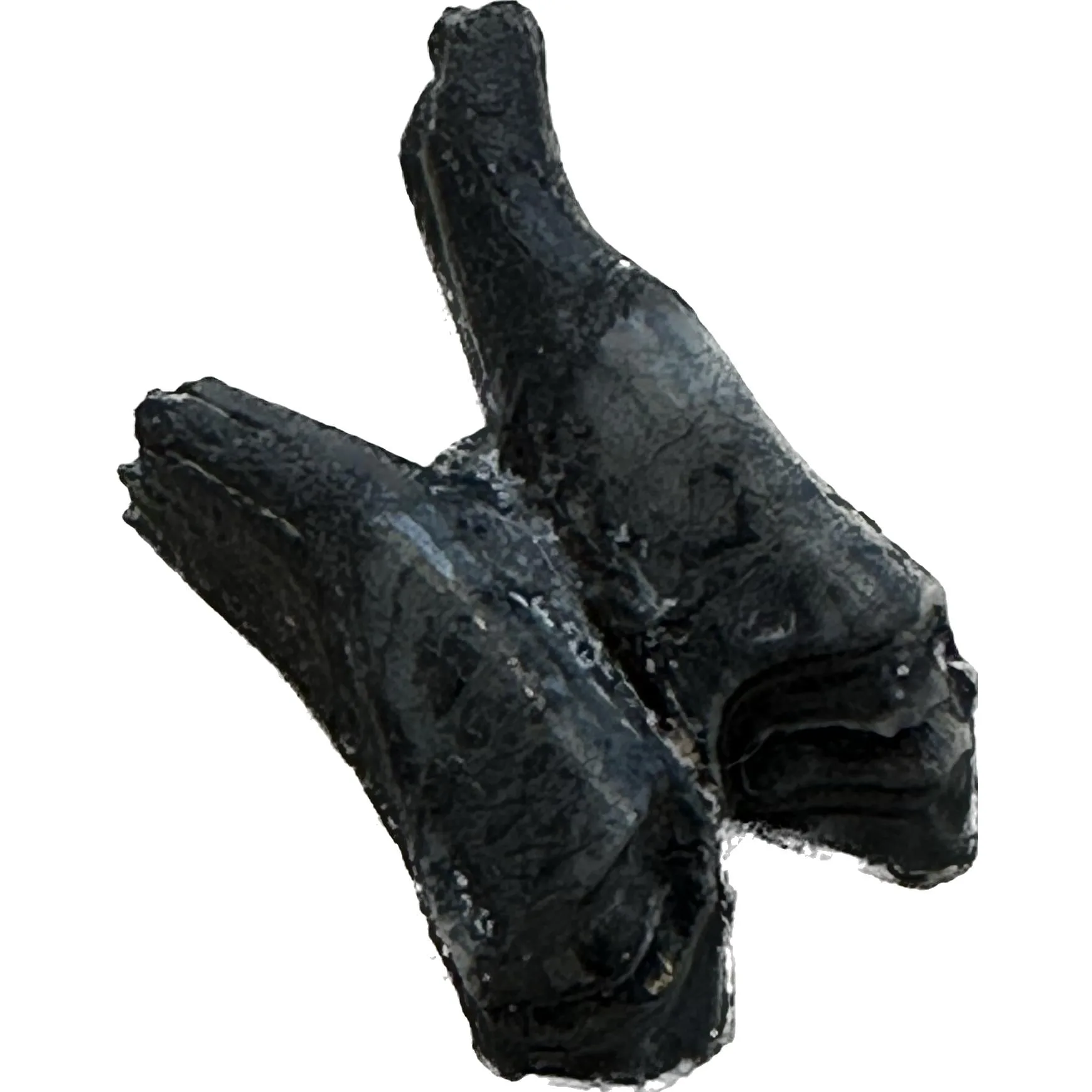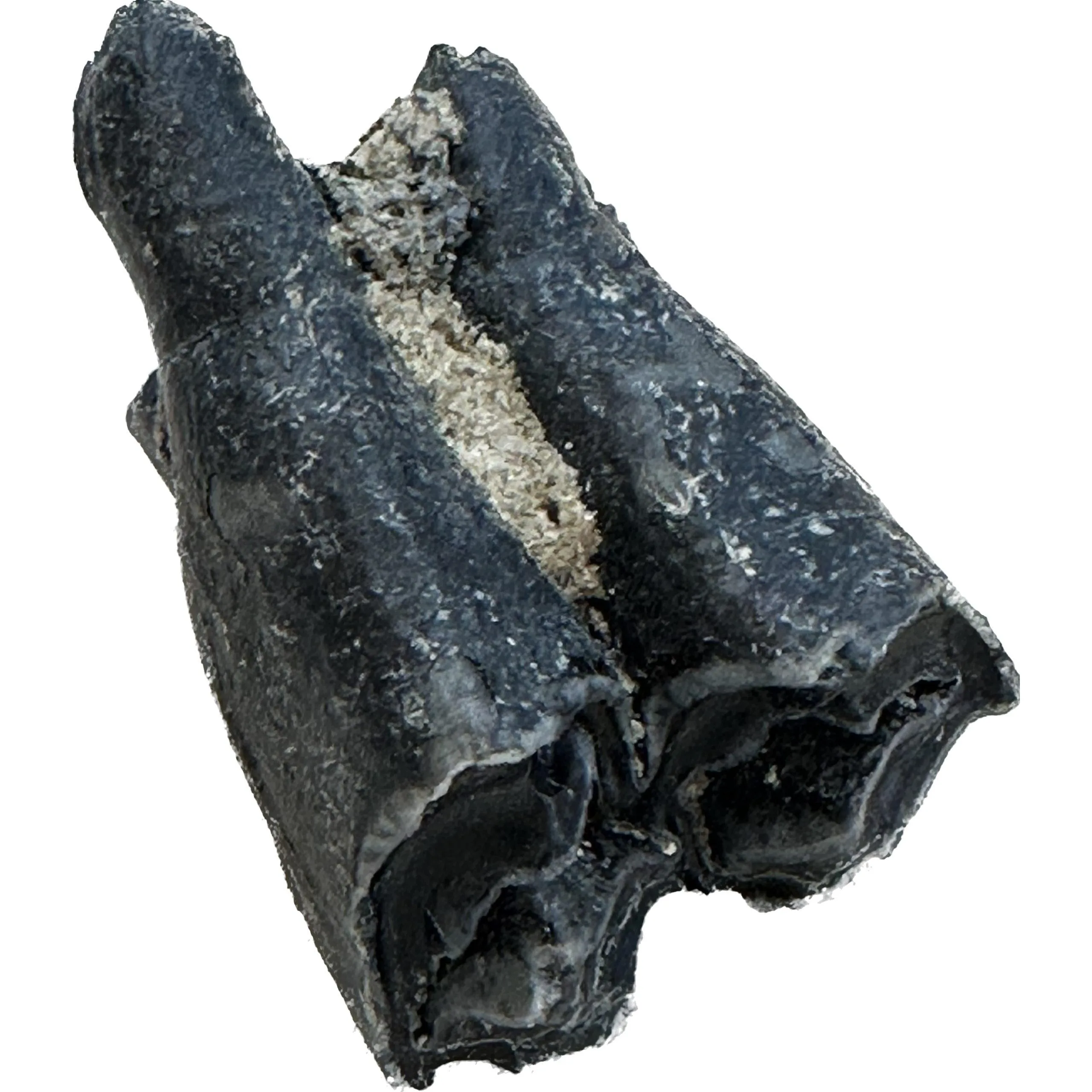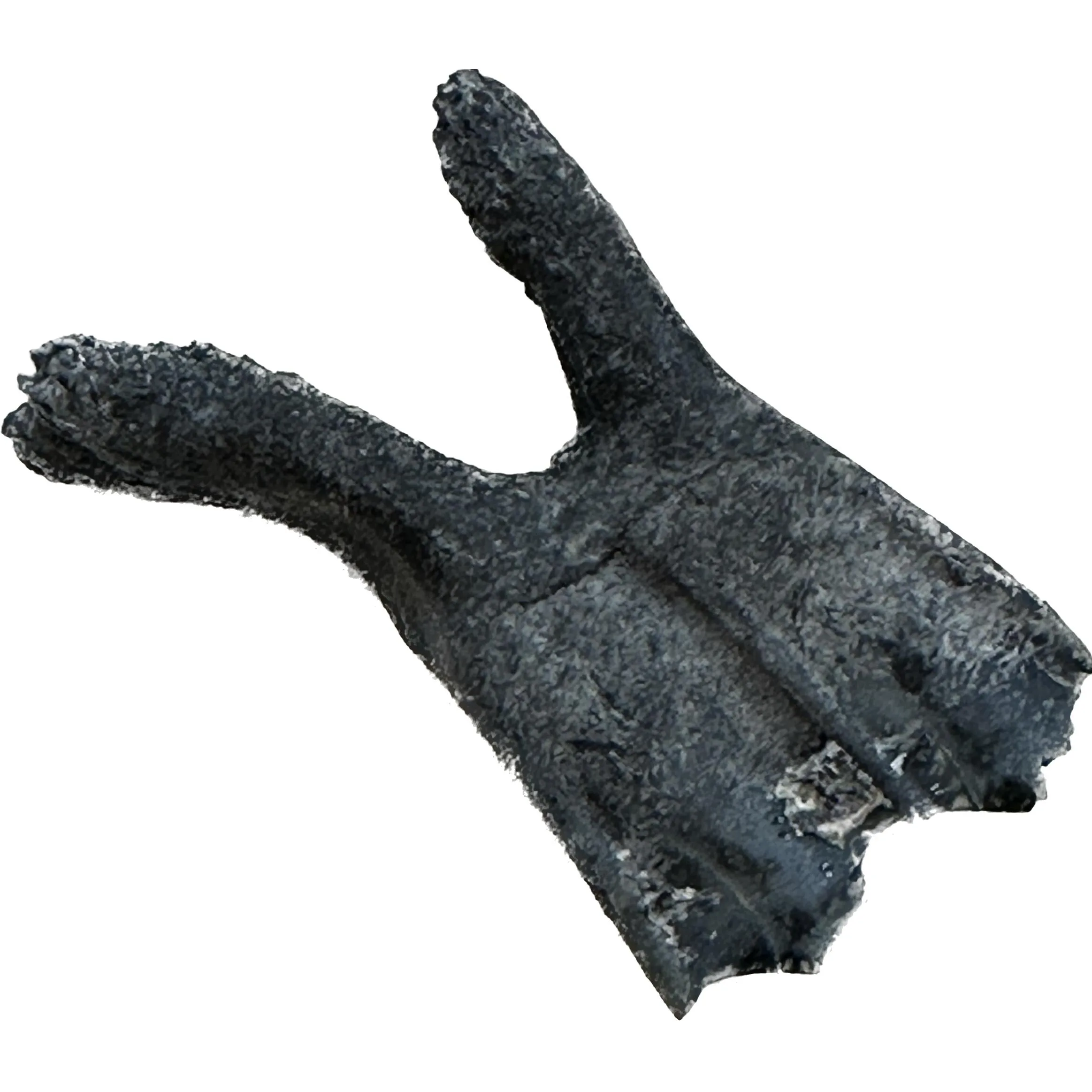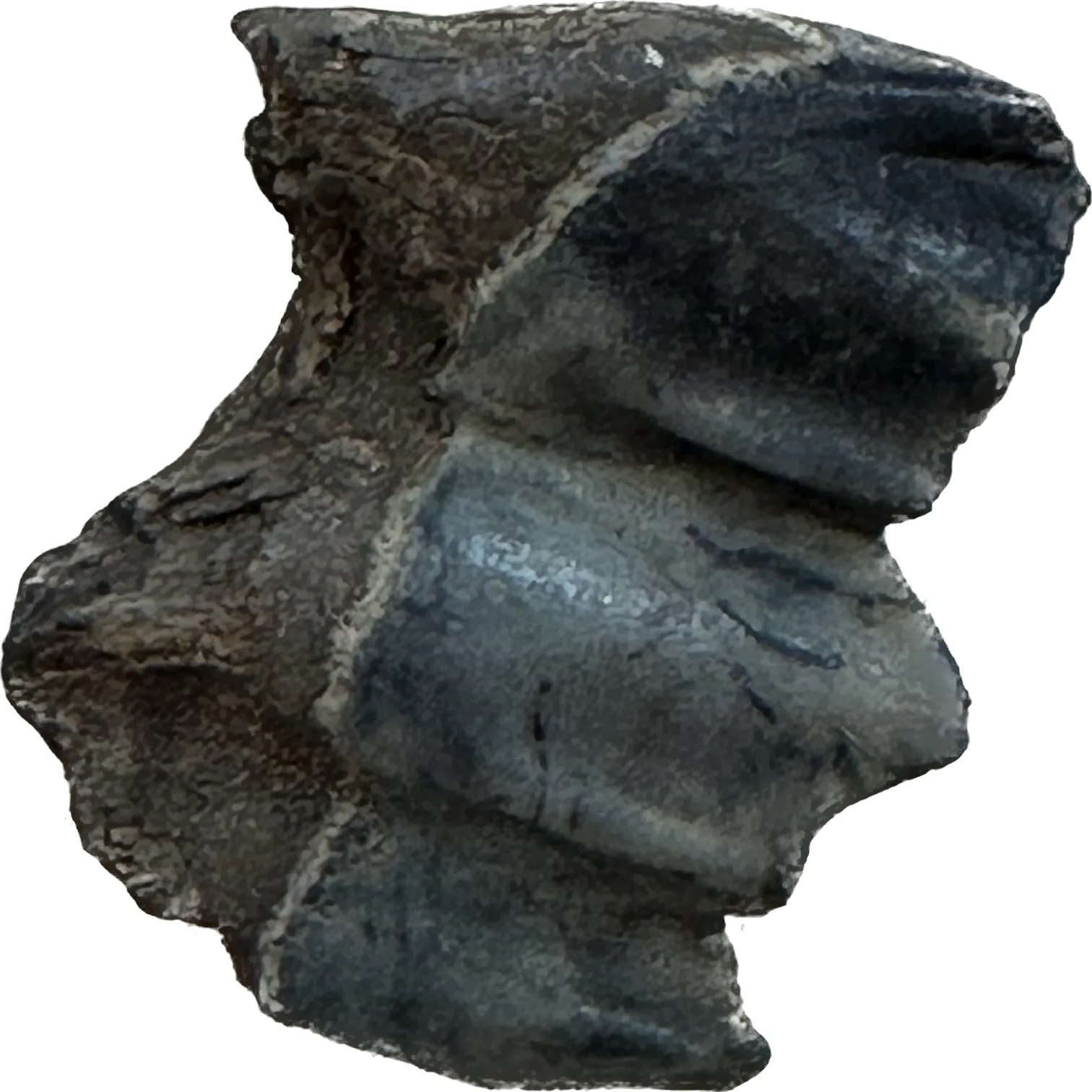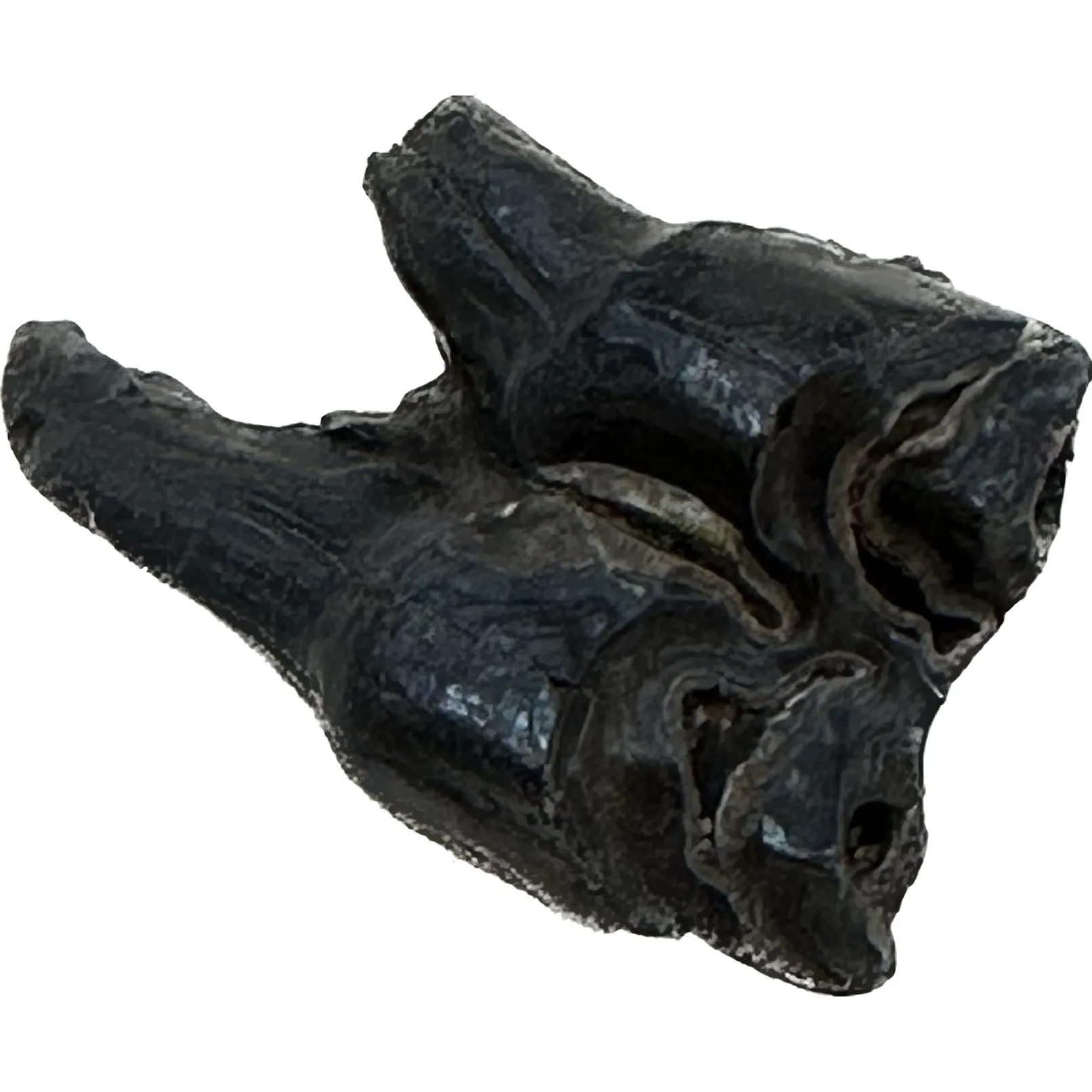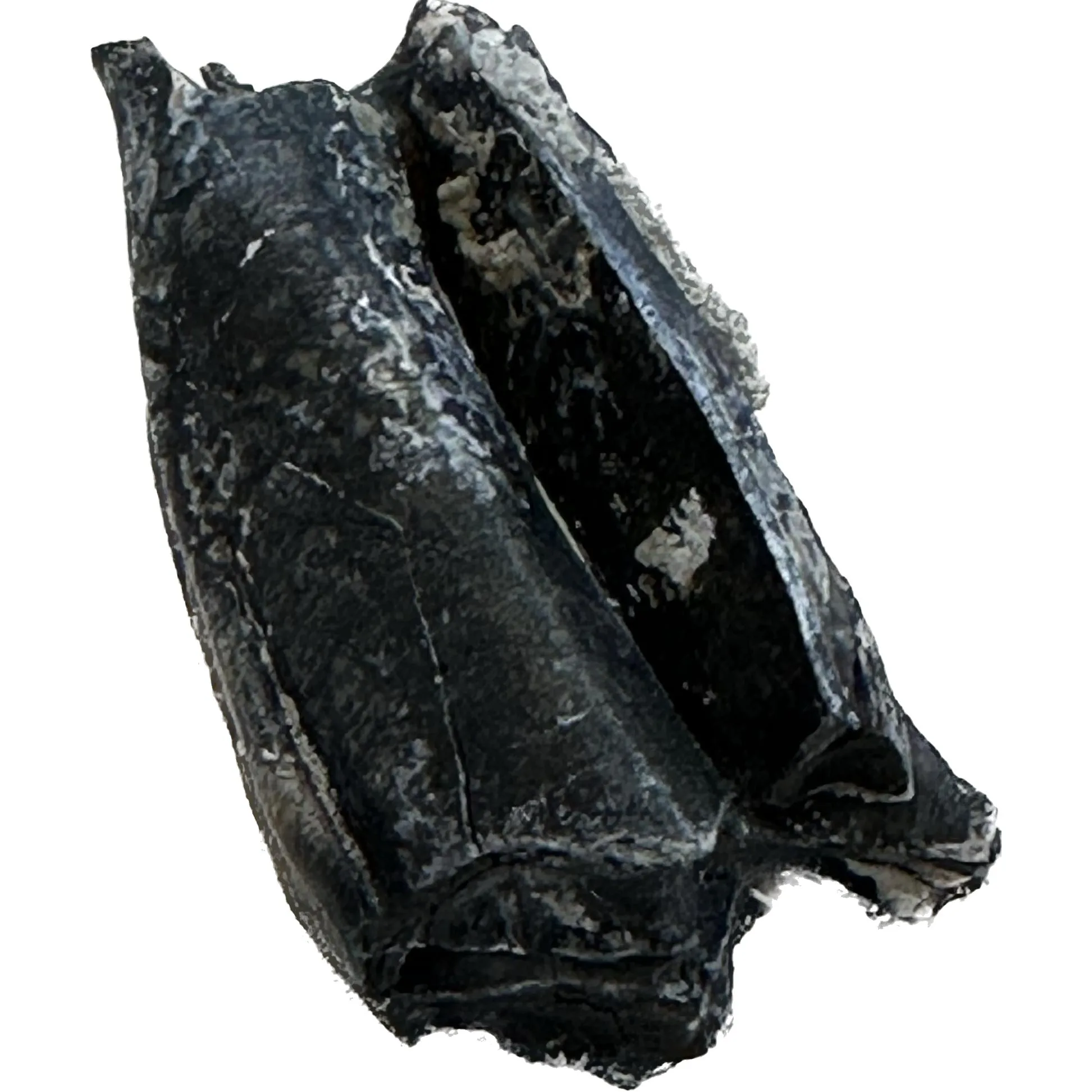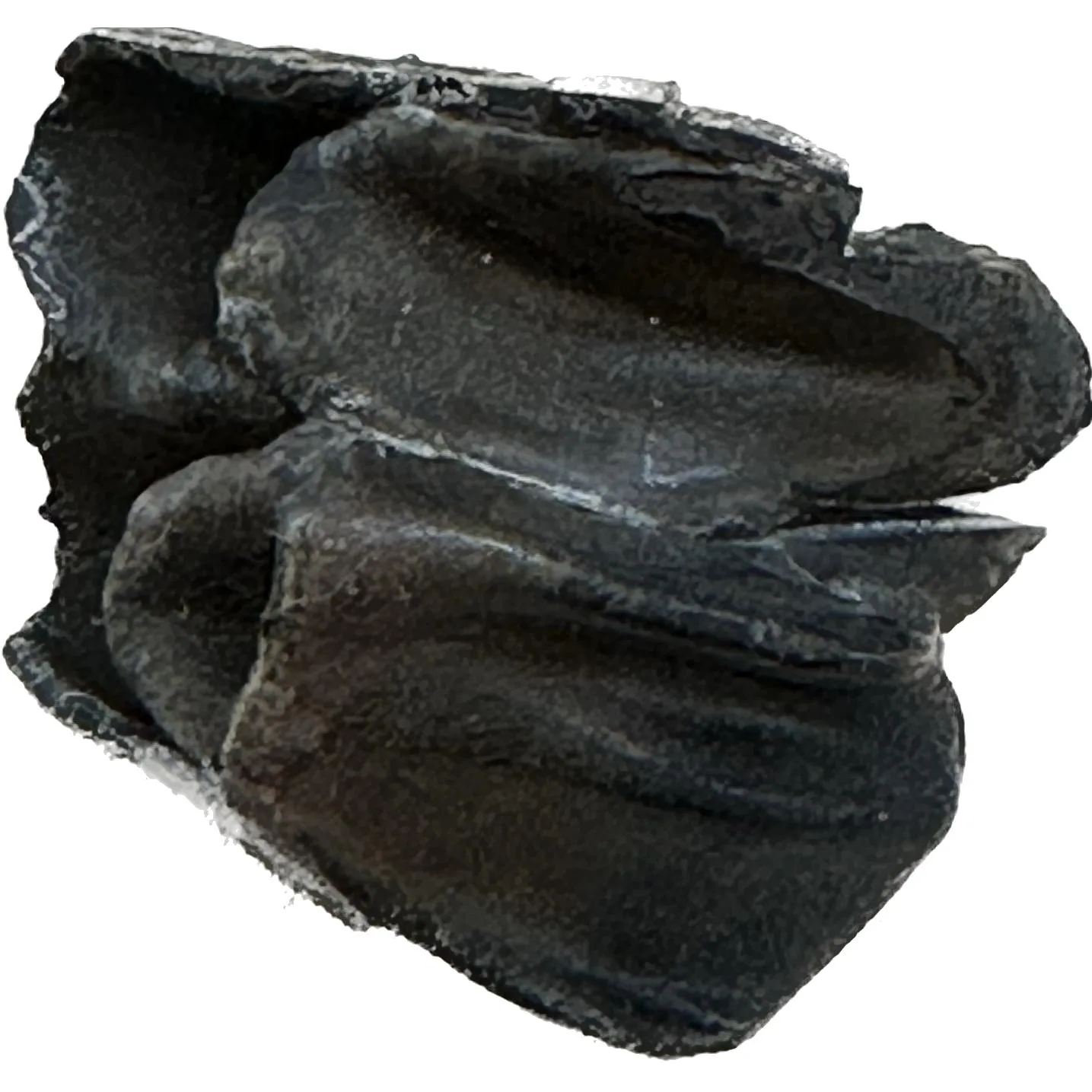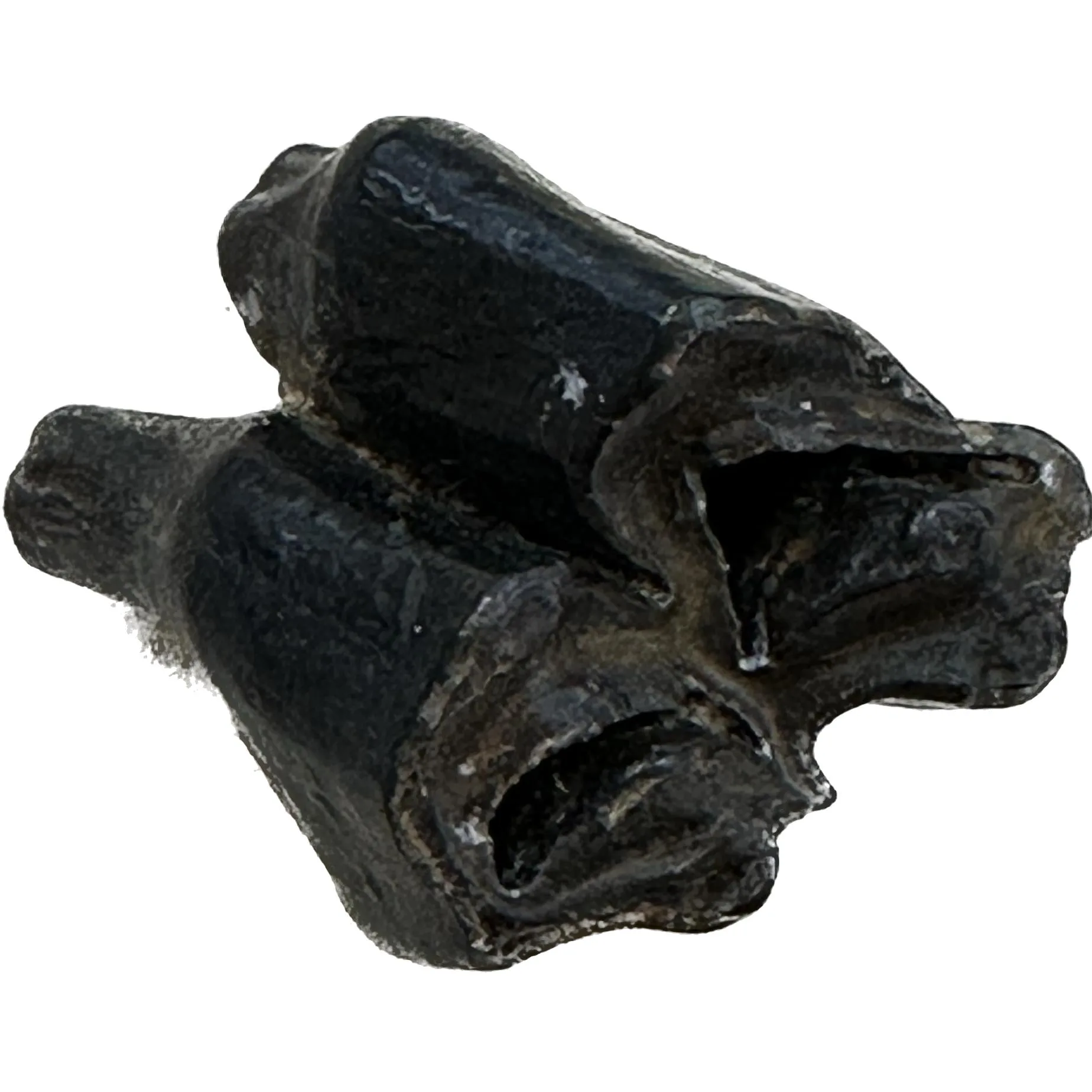Showing all 15 results
-
Camel Tooth, Ice age, 1 1/2″
$19.95
Fossil camels, ancestors of the modern-day dromedaries and bactrian camels, provide a fascinating glimpse into the evolutionary history of these iconic desert dwellers. These ancient creatures, known scientifically as Camelidae, roamed various parts of the world millions of years ago, leaving behind traces of their existence in the form of fossilized remains.
Fossil evidence suggests that the earliest camels originated in North America around 45 million years ago during the Eocene epoch. These early camelids were quite different from their contemporary counterparts, often smaller in size and possessing different dental and skeletal features. They adapted to diverse environments, ranging from lush forests to arid plains.
Over time, camels diversified and migrated to other continents. Some species ventured into South America, where they underwent further evolution, giving rise to the unique group of camelids known as the New World camels, including llamas, alpacas, and vicuñas.
In North America, camels flourished for millions of years before facing extinction around 10,000 years ago. Climate change, habitat loss, and human hunting likely contributed to their demise. Fossil discoveries across the American Southwest, particularly in regions like the La Brea Tar Pits in California and the White Sands National Park in New Mexico, have provided valuable insights into the ancient ecology and behavior of these creatures.
Today, the legacy of fossil camels continues to enrich our understanding of mammalian evolution and the dynamics of prehistoric ecosystems. By studying these remnants of the past, scientists can reconstruct the story of how camels adapted and diversified over millions of years, ultimately shaping the landscapes they inhabited.

